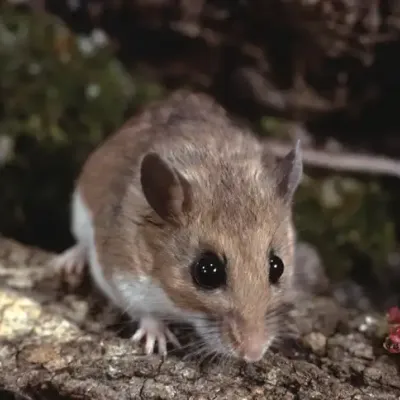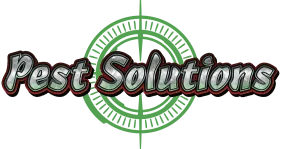About Deer Mice

Appearance: Brown with cream to off-white underside and bicolored tail; large ears and pointed noses; 5 to 8 inches in length including tail
Region: Found throughout the U.S.
Diet: Primarily herbivorous, deer mice eat seeds, nuts, berries, and insects.
Habitat: Deer mice prefer tall grass for cover and frequent woodlands. As they do not hibernate in the winter, they seek out food and shelter in structures and they can be found in attics, garages, sheds, and hollow logs. While they can infest structures, it tends to be farms, sheds, and vacation homes.
Threats: Deer mice are known carriers of diseases that can be spread through mouse parasites and contaminated food or surfaces. They are one of the main carriers of hantavirus pulmonary syndrome, an illness transmitted through their waste and breathing in aerosolized urine and droppings of infected deer mice.
Control: Seal any holes or cracks as they are entry points, and replace window screens and weather stripping when it shows wear. As mice like clutter, remove debris from around your property both indoors and outdoors, trim back vegetation, and properly dispose of trash and similar material. You also want to ensure your food is stored in airtight containers including any pet food you have around your home.
